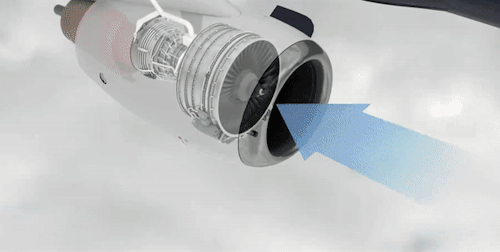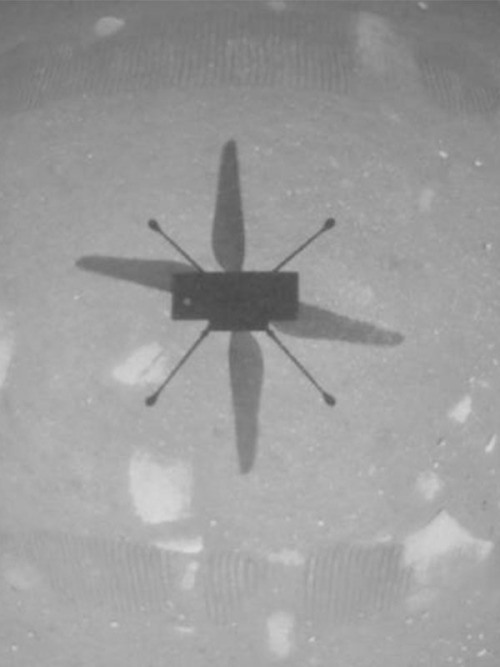44 posts
Latest Posts by quatrowins - Page 2
Oh, how sweet!





I saw this on my Facebook feed and it made me think of @berrysweetboutique and her sims Lacey and Merlot. I miss having them in my crazy saves lol
Let it be washed away…

We should always be helpful and be grateful on the road.
Beauty may be dangerous. But, intelligence is lethal.

#Covid #ChinaCovid #flying
How Safe Are You From Covid When You Fly?
To understand how risky it may be to board a flight now, start with how air circulates in a plane.

More people are flying every day, as Covid restrictions ease and vaccinations accelerate. But dangerous variants have led to deadly new outbreaks, raising questions about just how safe it is to travel now.
In most single-aisle models, you are constantly breathing a mixture of fresh and recirculated air.



The high exchange rate on planes forces new and existing cabin air to mix evenly, with the goal of minimizing pockets of air that could become stale or linger for too long.










As more people fly — nearly 1.5 million people passed through U.S. airports on Friday — congestion and crowding in parts of the airport can make physical distancing a greater challenge.
Airports vary in size and passenger volume, configurations and on-location businesses, Harvard researchers found. That could increase the chances of exposure depending on where people linger and for how long.
Going to in-terminal restaurants, for example, can be risky because masks are routinely removed and kept off to eat.

The Harvard researchers found that many airports were not designed to mitigate the airborne spread of respiratory pathogens. Although some airports have installed new or additional filtration systems, distancing, vigilance and other safety practices are still crucial.
“The challenge isn’t just on a plane,” said Saskia Popescu, an epidemiologist specializing in infection prevention. “Consider the airport and the whole journey.”
Methodology
The particle air flow simulation was conducted using a later version Boeing 737NG as the model for the cabin interior, which only has side air inlets. The model accounted for passengers occupying all of the seats. A computational-fluid dynamics code system known as FEFLO was then used to simulate the flow of more than 2.5 million particles. A large number of very small particles were introduced at the cabin inflow ducts, in part to ascertain the movement of pathogens that may have passed through the HEPA filters without being caught. The simulation showed that the air close to passengers’ heads had been in the cabin for less than 50 seconds. The first 10 frames of the particle flow animation were slowed down for clarity.
Different positions of sneezes were simulated as part of the modeling, and only smaller particles were used to estimate what may become airborne. This assumed face coverings could block larger particles expelled during a sneeze that can otherwise land on surfaces and body parts. Particles in this visualization were scaled up for presentation purposes. Sources: Airbus; Boeing; Rainald Löhner, George Mason University, Center for Computational Fluid Dynamics. By Mika Gröndahl, Tariro Mzezewa, Or Fleisher and Jeremy White (The New York Times).
Taking off on another planet...
Bravo to NASA!

A dream takes flight! Today, our Ingenuity #MarsHelicopter became the first aircraft in history to make a powered, controlled flight on another planet.
In a video captured by our Perseverance Mars rover, the helicopter is shown hovering above the Red Planet's surface. During this first flight, the helicopter climbed to an altitude of 10 feet (3 meters), hovered, and then touched back down on the surface of Mars.
More images and video to come...
Join us at 2 p.m. ET (18:00 UTC) for an analysis of Ingenuity’s first flight and what's to come:
Make sure to follow us on Tumblr for your regular dose of space: http://nasa.tumblr.com
Stop the Thief!
#CCP

China Has Stolen The Personal Data Of 80% Of American Adults: Report https://ift.tt/2NSHnAO
Sacredly marvellous!

Mt. Ishizuchi, one of the seven sacred peaks in Japan

Incredible capture in Utah 🌝🏜
Nice setting for a little brunch

capaseccayacht via instagram
Somehow I feel a deep stillness amongst the vibrancy of colors and the eclectic crowds.










大塚 ironowa ba project










Everyday life in Tokyo
![Fushimi-inari, Kyoto [OC]](https://64.media.tumblr.com/8a514b5bccdf04c475e4eb2c2dc814aa/tumblr_pme2lr3msk1vz9beoo1_500.jpg)
Fushimi-inari, Kyoto [OC]
Madrid in winter

Círculo de Bellas Artes, Madrid